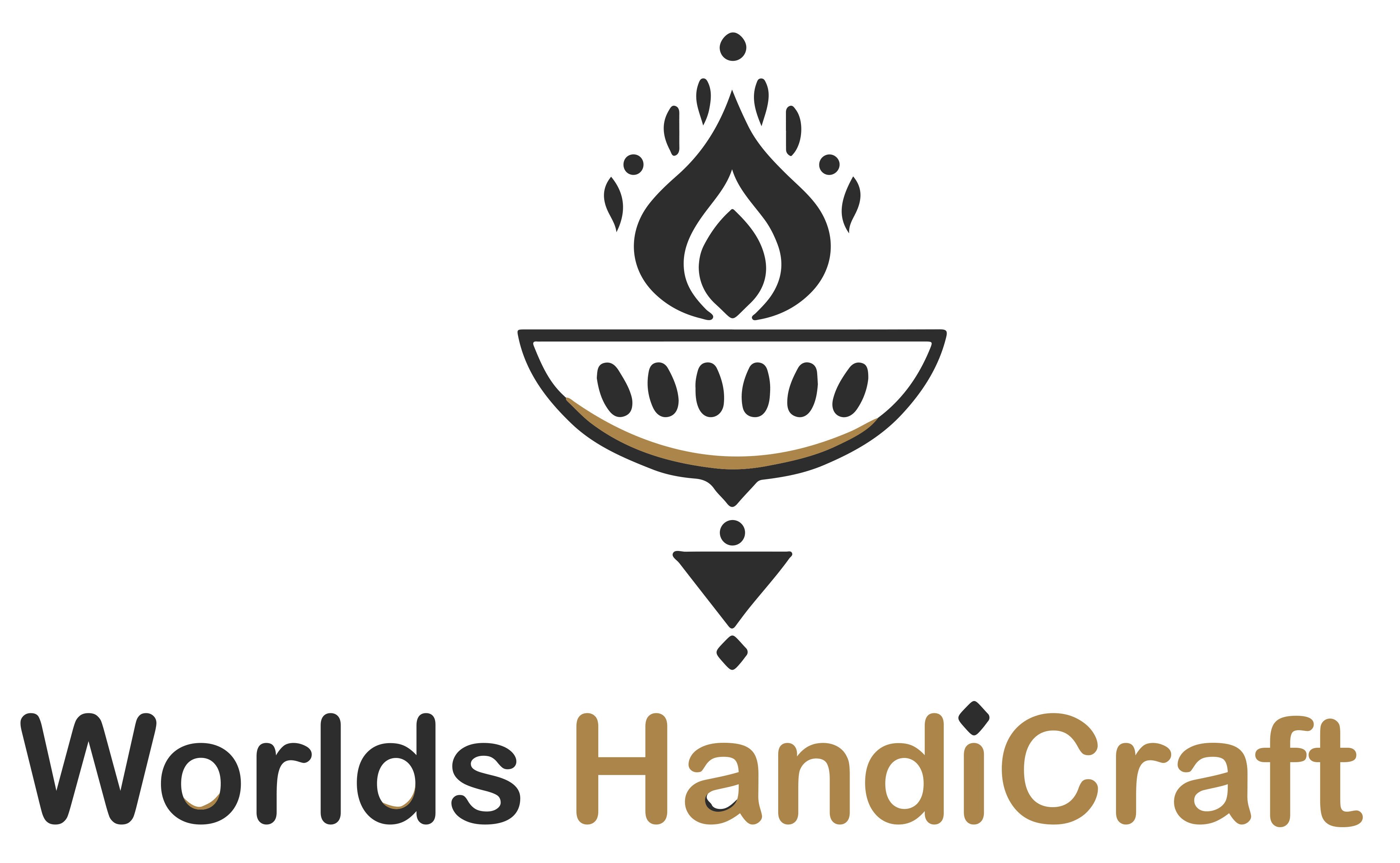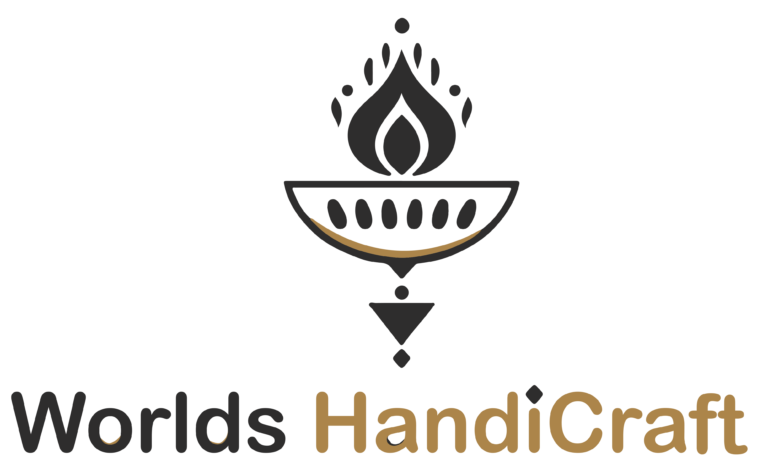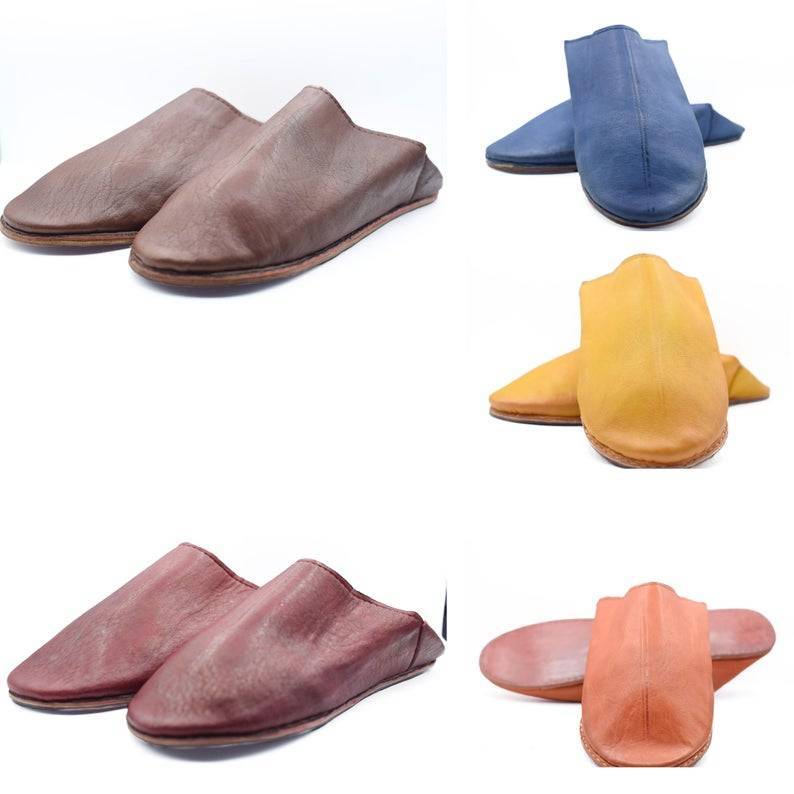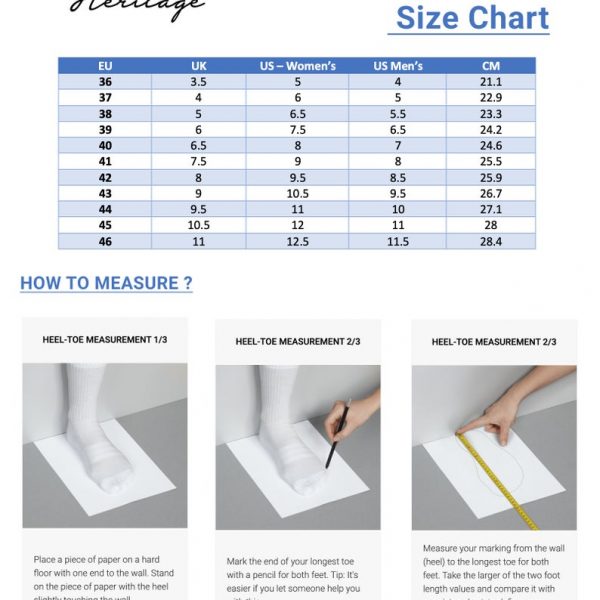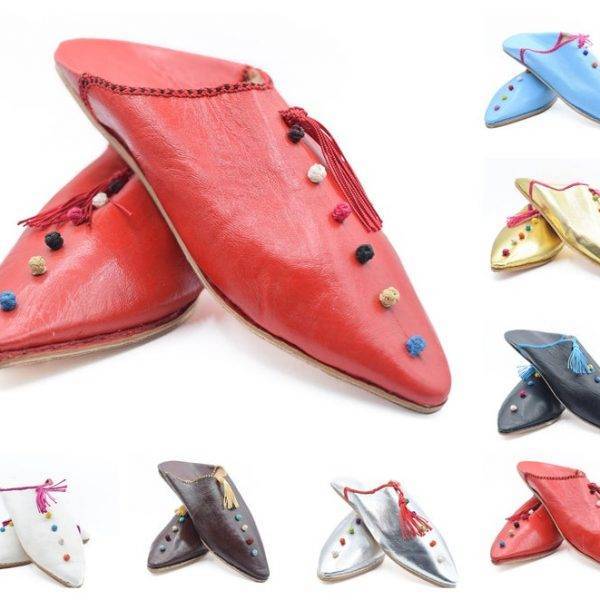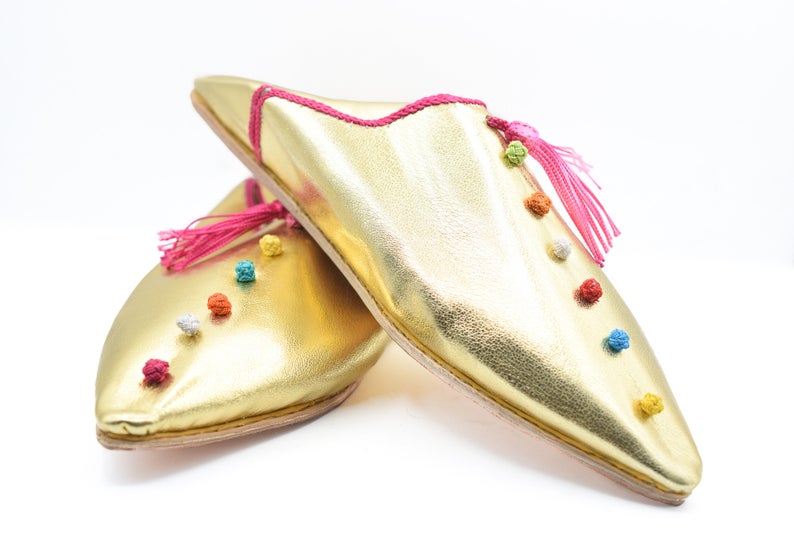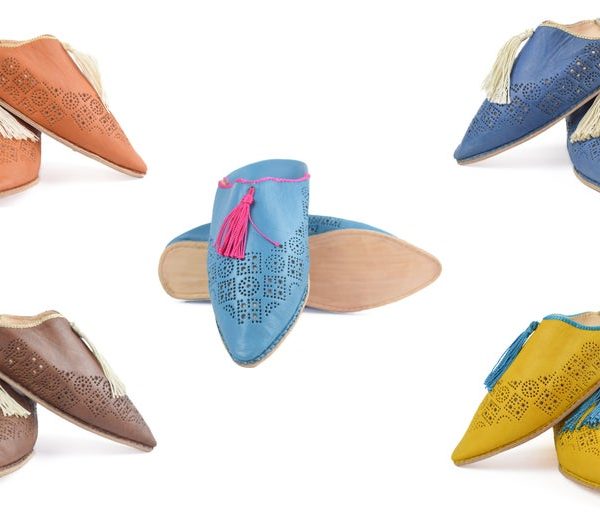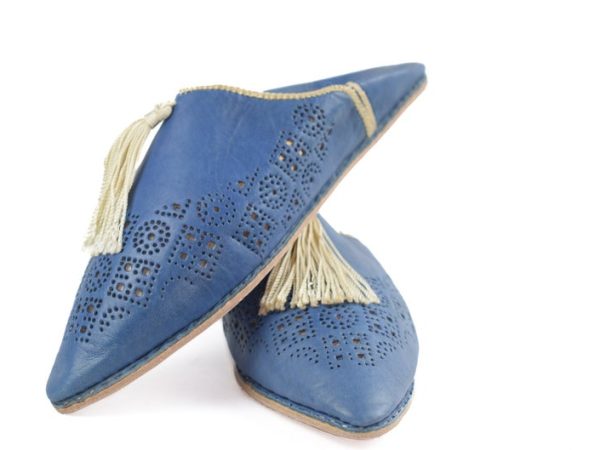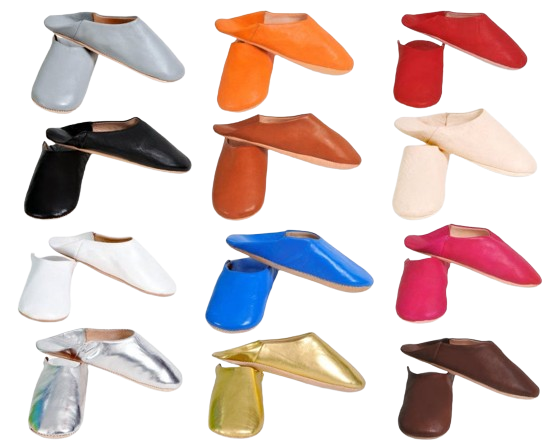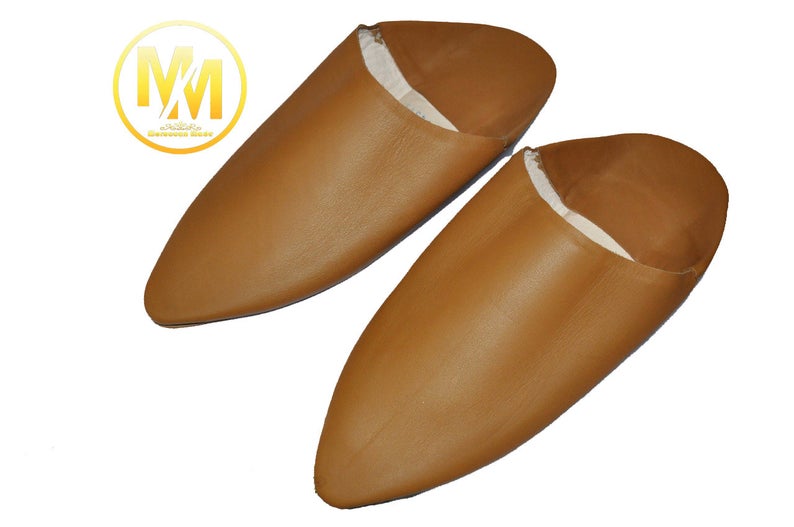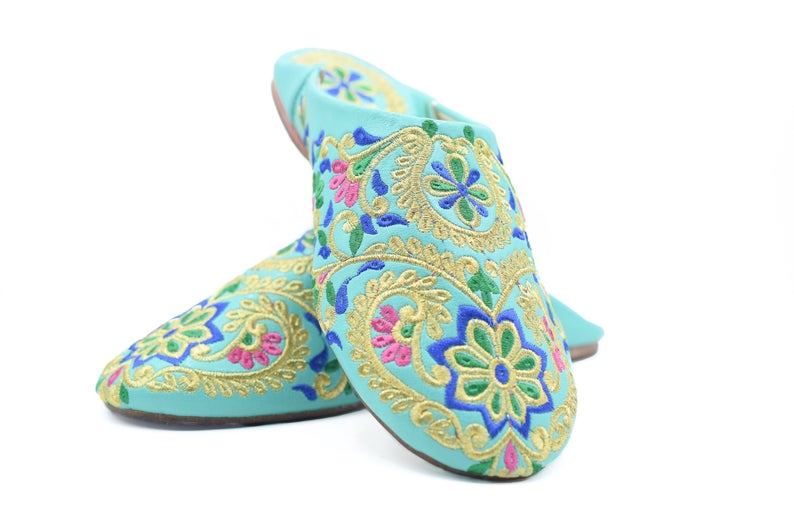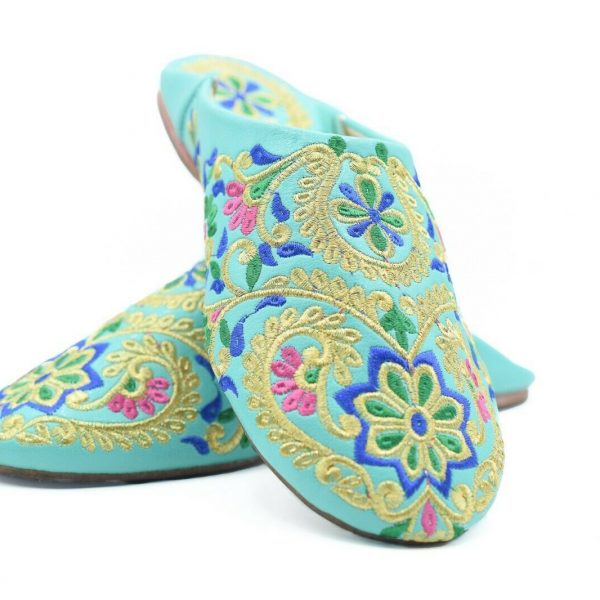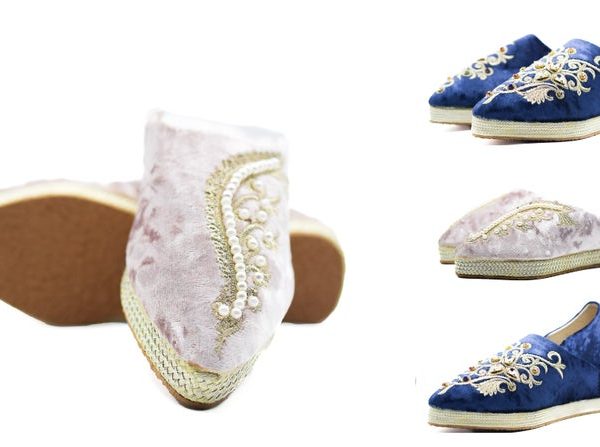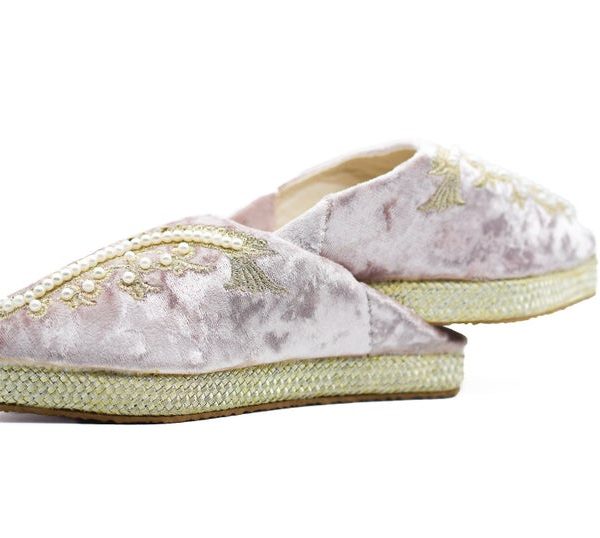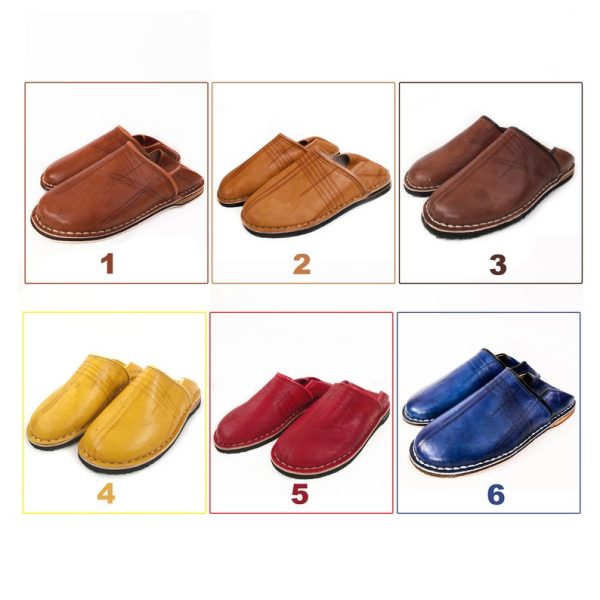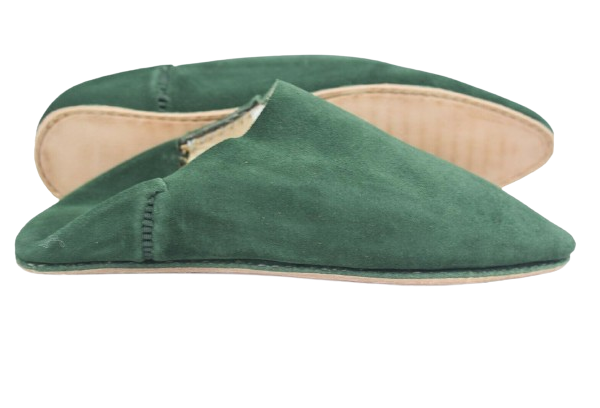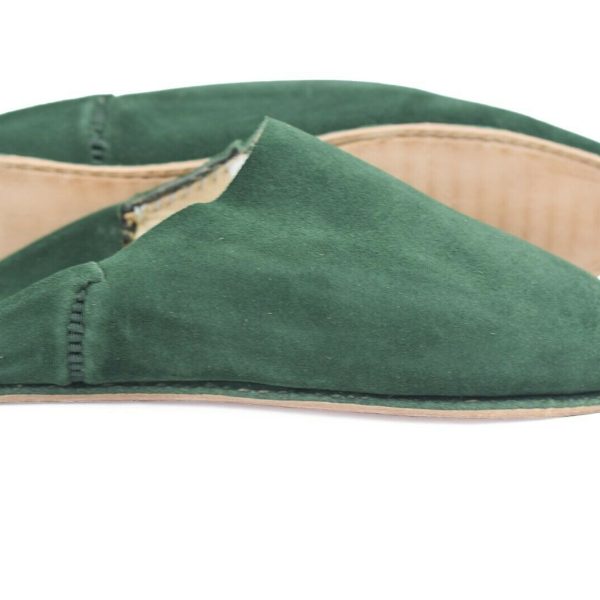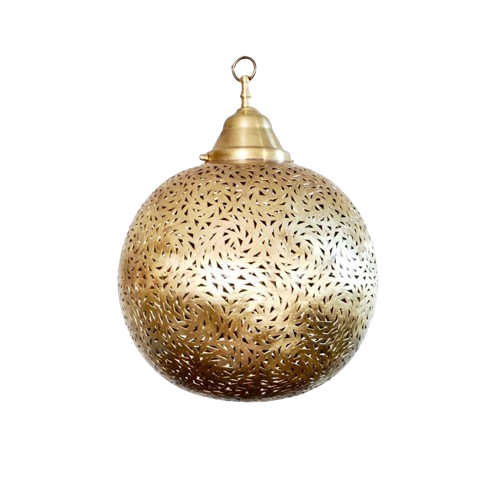Moroccan Leather Slippers - Best Moroccan Slippers
Moroccan House Slippers For Men
Moroccan Soft Leather Slippers Ladies
Genuine Moroccan Women’s Leather Babouche
Womens Moroccan Leather Babouche Slippers
Moroccan HandMade Leather Men’s Babouches
Embroidered Moroccan Slippers | Moroccan Women Wedding Slippers
Genuine Womens Moroccan Leather Slippers | Womens Babouche Slippers
Leather Moroccan Slippers Men
Moroccan Berber Leather Slippers
Moroccan Slippers
Moroccan Leather Slippers
The first thing to consider when buying a pair of moroccan leather slippers is whether you intend to wear them indoors or outdoors. An indoor babouche will have a softer sole, while an outdoor babouche will have a hard sole on the underside.
Moroccan Leather Slippers – The right style
Next, look at all the color and pattern options for your indoor/outdoor babouche. Some have pointed toes and some have rounded toes. Some have a single matte color, while others have very intricate embroidery and patterns.
The right size – Moroccan Slippers
Next, you will want to try on a pair of the babouche of your choice. To choose the size of your babouche, you cannot use the same measurements as your shoes or sandals.
The right type of Moroccan babouche
The key to finding the right size is to find a pair that fits your feet without too much room to squirm. Slippers are supposed to be rigid when first worn, but they will stretch slowly and mold to the shape of your foot over time. A pair of “worked” slippers will make you feel like they were custom-made for your feet.
Moroccan Slippers Cultural Heritage
Moroccan slippers, also known as Moroccan babouches, are a traditional type of footwear that have been worn in Morocco for centuries. These Leather slippers are made from soft leather and are designed to be comfortable and easy to wear. They are often brightly colored and feature intricate embroidery or beadwork, making them a stylish and unique accessory.
Babouche slippers morocco
One of the most recognisable features of Moroccan leather slippers is the pointed toe, which is a traditional design element that is said to have originated in the medieval Islamic courts of North Africa. The pointed toe is thought to symbolize elegance and refinement, and is a nod to the rich cultural heritage of Morocco.
Another distinctive feature of Moroccan slippers is the use of soft leather, which makes them comfortable to wear for extended periods of time. The leather is often treated with natural oils and dyes to give it a rich color and a supple feel. Additionally, the slippers are often lined with a soft fabric, such as cotton, to provide extra comfort.
Moroccan babouche slippers
The traditional moroccan babouche slippers are handmade by skilled artisans, who use techniques passed down through generations. The process is labor-intensive, but the end result is a pair of slippers that are both beautiful and durable. The slippers are often made in the traditional colors of Morocco, such as red, blue, and green, and are often decorated with intricate embroidery or beadwork.
In recent years, moroccan babouche slippers have become increasingly popular as a fashion accessory, and they are now worn by men, women, and children all over the world. They are perfect for casual wear, and can also be dressed up with traditional clothing. They are also a great souvenir to bring back from a trip to Morocco.
Moroccan slippers babouche
In conclusion, Moroccan slippers are a stylish and comfortable traditional footwear that have a rich cultural heritage. They are handmade by skilled artisans and feature intricate embroidery or beadwork. They are perfect for casual wear, and also make a great souvenir to bring back from a trip to Morocco.
Moroccan slippers mens
In addition to their traditional and cultural significance, Moroccan slippers are also highly practical. They are designed to be easy to slip on and off, making them perfect for everyday wear. They can be worn in a variety of settings, from casual outings to more formal events.
One of the best things about Moroccan slippers is that they can be paired with a wide range of clothing styles. They can be worn with traditional Moroccan clothing, such as a djellaba or a caftan, for a truly authentic look. They can also be worn with more modern clothing, such as jeans or a dress, for a more contemporary look.
Moroccan slippers womens
Moroccan slippers are also a great option for those who are looking for comfortable and stylish footwear that is easy to care for. The leather used to make the slippers is naturally durable, and the slippers can be easily cleaned with a damp cloth. They can also be treated with leather conditioner to maintain their suppleness and shine.
Babouche moroccan slippers
When it comes to purchasing Moroccan leather slippers, it is important to look for authentic, handmade Moroccan leather slippers that are made with high-quality materials. Avoid buying mass-produced slippers, as these are often made with lower-quality materials and are not as durable. It is also a good idea to look for slippers that are made by local artisans, as this supports the local economy and helps to preserve traditional craftsmanship.
In conclusion, Moroccan leather slippers are a unique and stylish traditional footwear that have a rich cultural heritage. They are handmade by skilled artisans, feature intricate embroidery or beadwork and are very comfortable to wear. They are perfect for casual wear, and also make a great souvenir to bring back from a trip to Morocco. They are also easy to care for and can be paired with a wide range of clothing styles. When purchasing Moroccan slippers, look for authentic, handmade moroccan leather slippers that are made with high-quality materials, and made by local artisans.
Another important aspect of Moroccan leather slippers is the use of natural materials. Traditional Moroccan slippers are made from soft leather, often from sheep or goat. The leather is tanned using natural methods, such as using bark from the mimosa tree. This gives the slippers a natural look and feel, and also makes them more eco-friendly.
Leather moroccan slippers
In addition to leather, Moroccan leather slippers can also be made from other natural materials such as wool or cotton. These slippers are often made by Berber women and feature traditional Berber designs and colors. They are also made using natural dyeing techniques and are eco-friendly.
Moroccan shoes
Another unique aspect of Moroccan slippers is the use of traditional techniques such as embroidery and beadwork. These techniques are passed down through generations of artisans and are an important part of Moroccan culture.
See Our Moroccan Pouf And Moroccan Bags Collections .
